Canada / Mobility / Public Spaces / Shared space
Lessons from the World’s Biggest Multi-Use Pathway
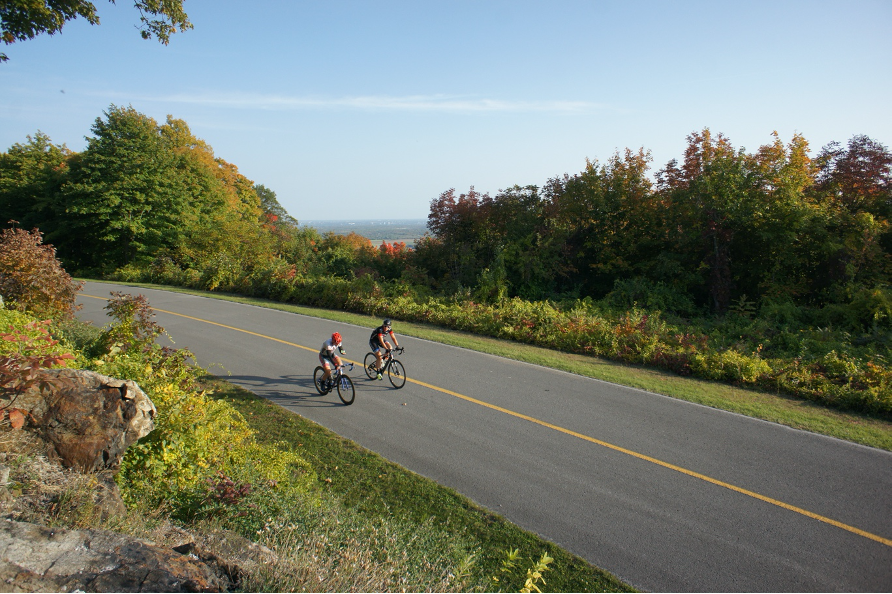
There are many things from 2020 that I would rather leave behind, but the biggest multi-use path (MUP) in the world* is not one of them. The National Capital Region in Canada, comprised of Ottawa, ON, Gatineau, QC and the surrounding region, is an area with an abundance of MUPs. For a variety of historical reasons, the area has been blessed with over 600 km of mostly connected paths that make for a great recreational (and sometimes utilitarian) resource. But this year, an extra nearly 40 km stands out above the rest. While it may not seem like much, especially in the context of a 600 km network, this 40 km is different.
*World’s biggest to this Canadian anyway…
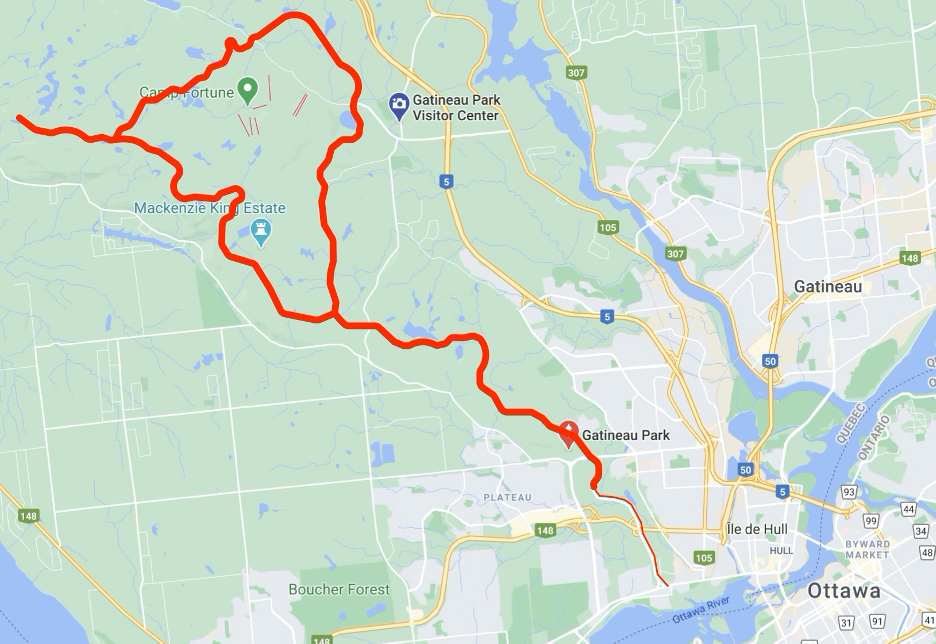
Although the region is blessed with many kilometres of pathways, they generally provide a width of just 3 metres. Just 5 km from downtown Ottawa and Parliament Hill–and fully connected by pathways–this new section of MUP averages between 7 and 8 metres in width. If you spend enough time in this area, you quickly realize that the MUPs are ubiquitously both loved and hated. When examining why, the answer is simple: we all struggle to get along within the 3 metres provided.
So, after decades of combatting the pains of increasingly popular 3 m pathways, this new section of the MUP allows us to now know what if feels like to have a properly, or even over-sized MUP. Based on my experience and those around me who have enjoyed cycling, walking, etc., on the biggest MUP in the world, here are my biggest takeaways.
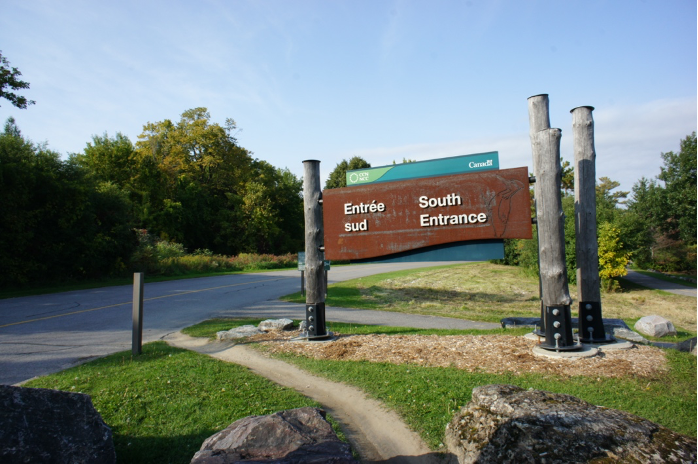
Give the people space and they will use it
Perhaps this shouldn’t have come as a surprise, but when you give people extra space they seem to occupy it. Some may have assumed that in providing people with a 3-4 m lane, they will keep right, leaving ample room to pass. The reality, however, is that they often just spread out further (I contend this would also be the case in non-COVID times).
Now don’t get me wrong. The results of this is often quite encouraging. Walking, running, cycling, and even roller skiing (probably a new one for many of you), are often social activities. Very few people out on their bikes really want to ride behind the person they’re with, preferring to enjoy the ride while chatting to family, friends, etc. So it really should be obvious that when you give people enough space, they will choose to ride/walk/ski three or four abreast, because it makes for better conversation.
The second side of this is possibly that people take the space because it’s liberating. Our typical experience when riding, running, or walking, is that we’re confined to facilities that are not significantly wider than we are. So when granted a safe, comfortable facility with extra room, people are provided a relatively rare opportunity to experience that freedom of space.
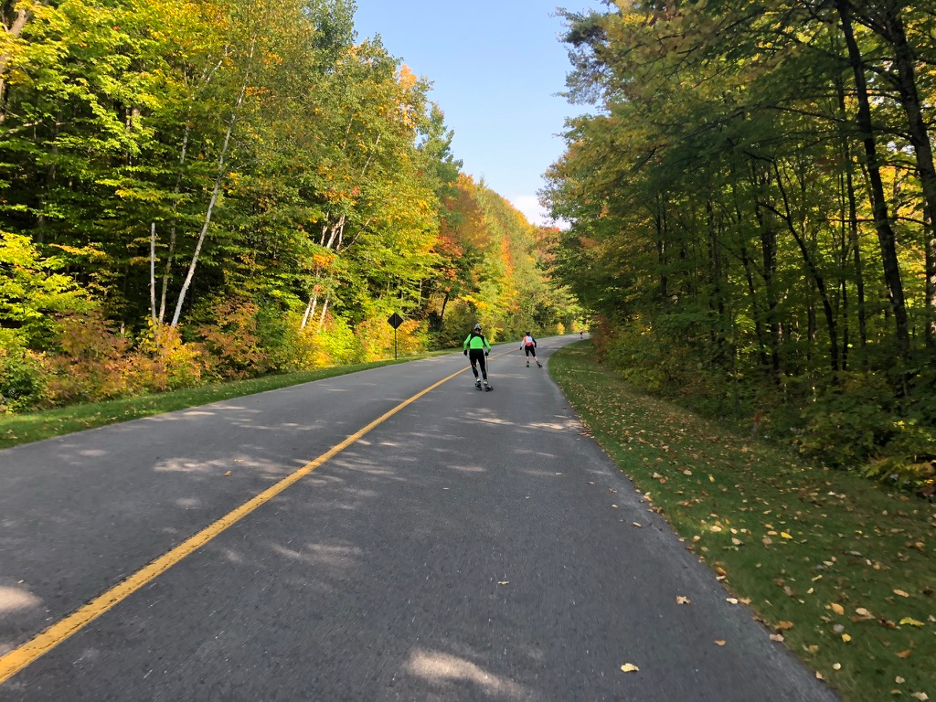
It’s not who, but why
There is often a tendency to point blame at other users on the pathway when conflicts arise. It is all too easy to just lump each other into broad categories and point the finger at “cyclists” or “dog walkers”, etc. What becomes increasingly clear with all this space is that it is generally not the different modes that create conflict, but different user expectations or purpose.
In broad, simplistic terms it may be more helpful to lump people into two categories (though it’s likely more of a spectrum), which are largely mode agnostic.
The first category, let’s call them lollygaggers, are just out to enjoy the scenery and move around a little. They’re not terribly concerned about how fast they’re going or how many stops they make; they’re just enjoying the space they’re in. This group is far more inclined to stop to take photos, or catch up with a friend they bump into along the way. They’re often somewhat unaware of the activity around them as they are largely consumed with enjoying themselves in their leisure activity.
The second category, we’ll call them speed daemons, are out for exercise or training. They may have set goals for how fast or far they want to go, and are also not interested in stopping frequently. They tend to take more direct routes (on the path), are unlikely to stop for photos or to chat, and are most concerned with being impeded in meeting their targets.
Perhaps unsurprisingly, these two user groups are often in conflict. They have different expectations and goals for their own activity and naturally wish everyone else would do things more like them. Lollygaggers are often upset that the speed daemons are going too quickly or passing too close, and conversely the speed daemons are frustrated that the lollygaggers aren’t keeping to the right or have made an unexpected turn or stop.
Unfortunately, the assumption that providing more space would solve these conflicts misses the mark. It certainly seems to mitigate many cases, and reduces frequency, but referring back to lesson 1, we may find that practically speaking it is not possible to provide enough space when these two groups are mixed, especially with any notable volume of use.
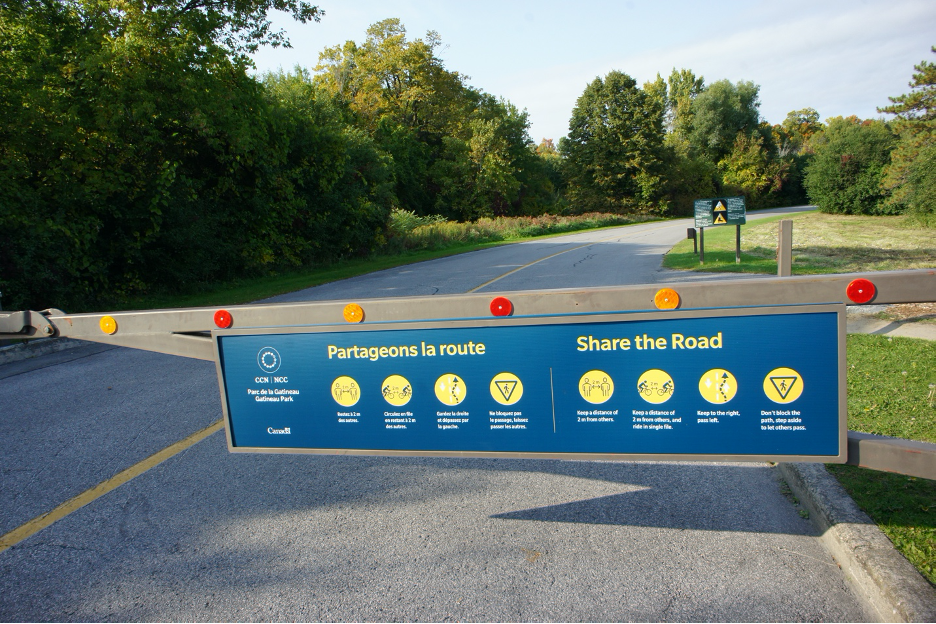
Separation may be the way forward
I will admit that I had hoped that this new huge section of the route would solve all of the traditional conflicts found on MUPs. What this experience has taught me is that space helps, but it’s not a solution. At the end of the day, more space seems to give everyone more time to react, but conflicts still occur as many users are still more focused on their own experience than those of other users (myself included). And unlike motor traffic, both the user groups in this story are undertaking activities that we should be promoting as a society.
This is a challenge I don’t see us solving any time soon. One of the inherent tensions with mixed use recreational spaces is that you have a spectrum of different users with different intentions. We should be looking to create spaces where young kids can ride their bike without the worry of being run over, while also providing ample space for weekend cycling (and skiing) training. We want trails where people can stop and chat without the stress of getting in anyone’s way. Conversely, we also want spaces for people looking for a workout can do so without excessive stopping or changing their pace. Enjoying the outdoors and being active at whatever pace you’re comfortable with is good for everyone.
The challenge is clear that different user expectations and the corresponding behaviours put these groups in conflict. While it’s nice to say that signage, rules, and education could solve this problem, the reality is that all of these things are simply counter to the intentions of the users themselves on both ends of the spectrum. So, given the space and resources, separation seems like a clear way forward.
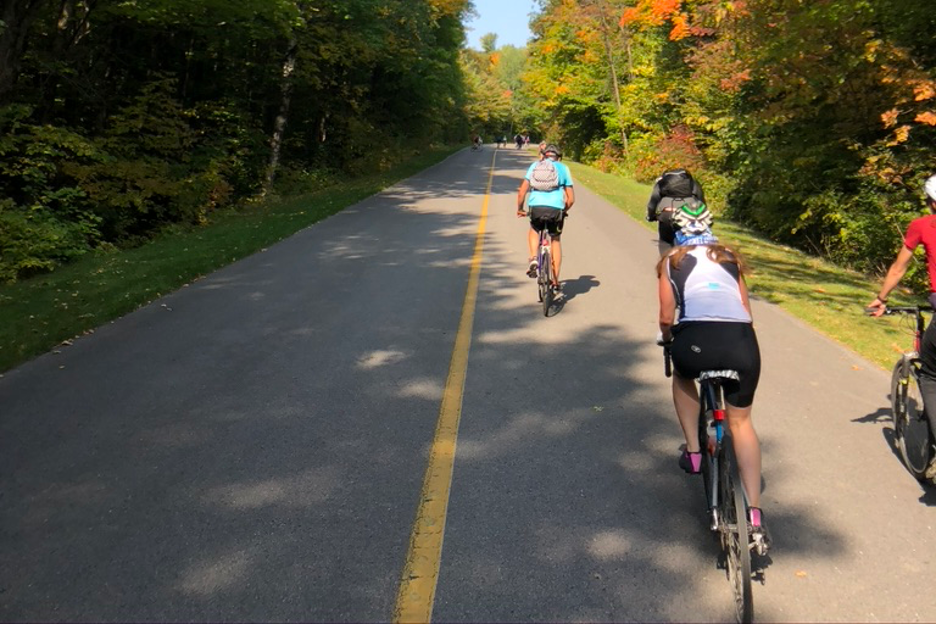
Celebrate for now, learn for next time
This wonderful experiment of the year of the world’s largest MUP has given me much insight. While not perfect, I have perhaps been more critical than many would be. I think, when asked, most users would unanimously and unreservedly support of this experiment, myself included. But, if we want to take something away for future active spaces, we should also be sure to consider the following:
- Put an end to the 3 m MUP. It really isn’t enough space if you expect anyone to use it. Let’s at least give active users the dignity of riding/walking/rolling side-by-side
- Think of intended users not just by mode, but also by behaviour and intent. Simply categorizing pedestrian and cyclist doesn’t do justice to the spectrum of behaviours they encompass
- Look for opportunities to separate users while responding to their needs. If we create great spaces, people show up. Make sure when we move forward in creating separated options for users, each option fits the needs of that group.
- Build more spaces for active users. This experiment has undoubtedly pulled many people into Gatineau Park that have not gone before. Though time will tell how many, it’s clear that the latent demand for these experiences close to everyday life is huge.

